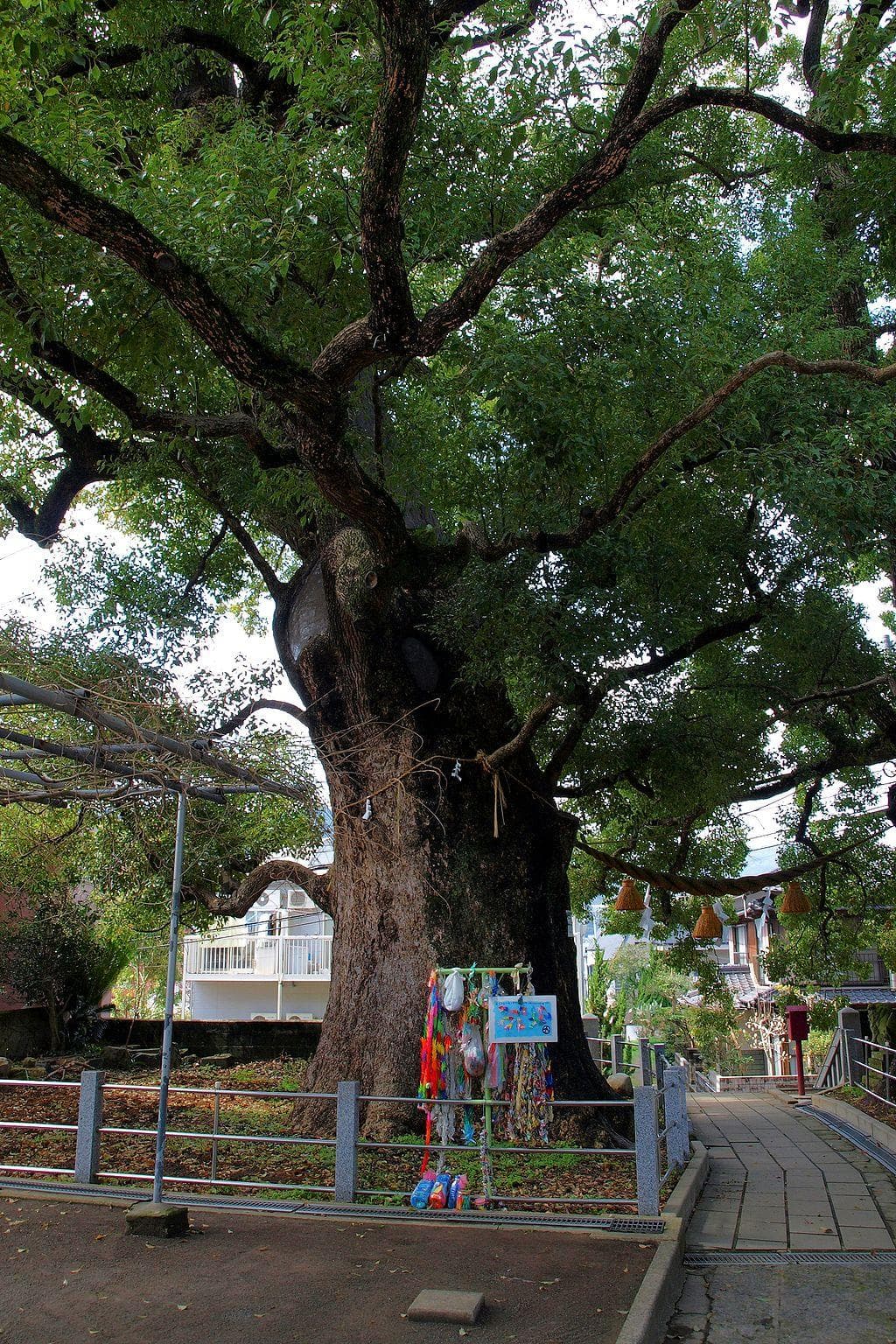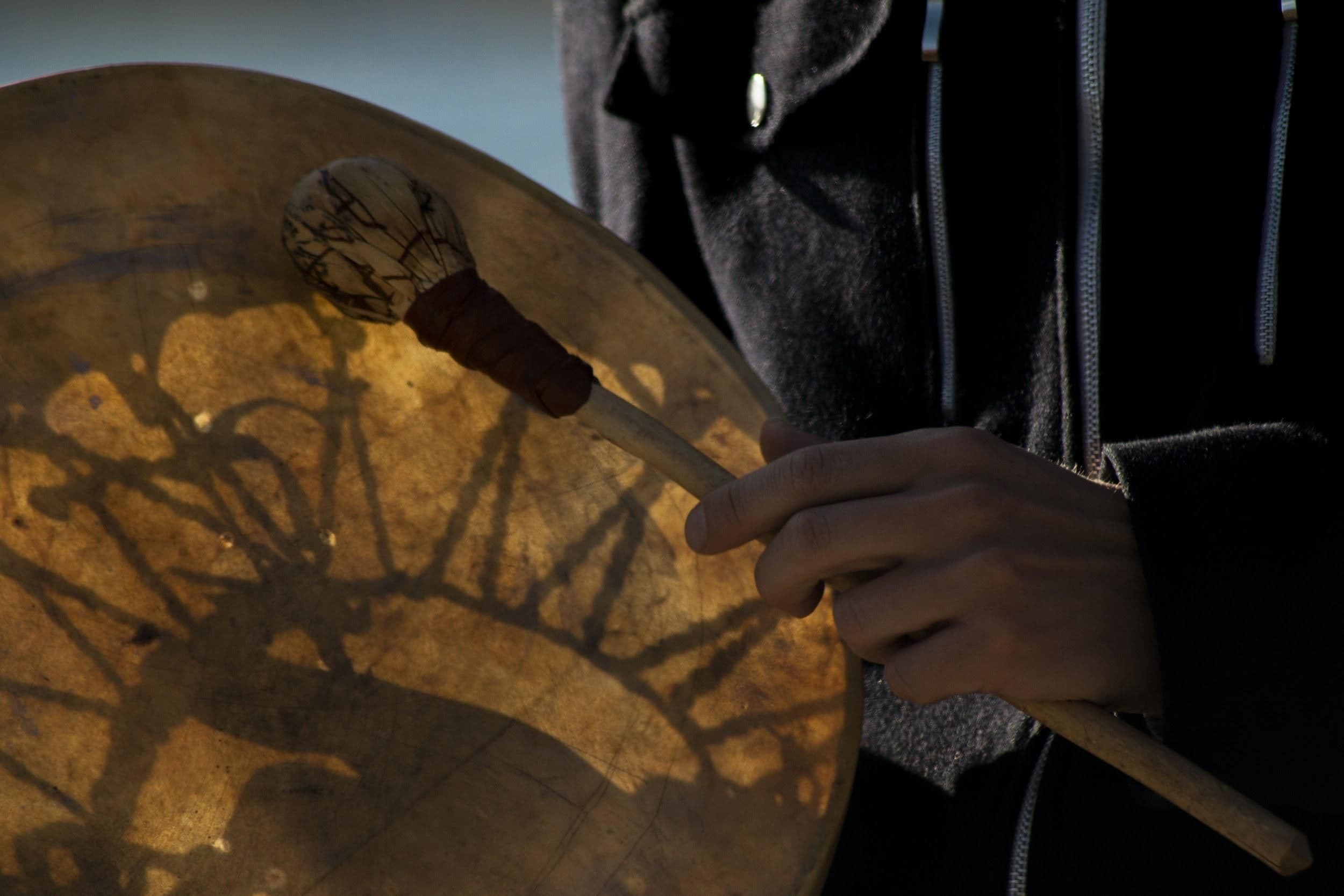New evidence is enriching the way we think about the plant kingdom. Scientists are uncovering previously unrecognised ways in which plants communicate, such as with messenger RNA or through networks of mycorrhizal fungi. These insights are challenging exclusivist, anthropocentric notions that consider intelligence to be a uniquely human, at best animal, faculty. Yet sceptics have charged that using the word intelligence, or words borrowed from the realm of human capacities, like hearing and smelling, to describe these faculties in plants is yet another way of anthropomorphising nature. However, what words could possibly describe capacities that positivist thinking has always solely ascribed to humans?
The exact language of science leaves little or no space for metaphorical and figurative language, so we are left with a limited vocabulary to explain what we do not fully know or understand. As the ecologist and member of the Potawatomi Nation Robin Wall Kimmerer has pointed out in Braiding Sweetgrass, "in scientific language our terminology is used to define the boundaries of our knowing", so that "what lies beyond our grasp remains unnamed". Kimmerer goes on to write that "science can be a language of distance which reduces a being to its working parts; it is a language of objects". Conversely, she observed that "in Potawatomi and most other indigenous languages we use the same words to address the living world as we use for our family. Because they are our family" (Kimmerer 2016).
In some languages, a chair and a plant would never be referred to by the same pronouns, because in many cultures plants are not perceived as objects. In Hiroshima and Nagasaki, for instance, the Hibakujumoku, tenacious trees that survived the nuclear blasts, are revered and cherished as elders. People pay them visits to honour and behold such examples of resilience (Mancuso 2018). The fabric of Japanese culture is woven with the ancient thread of Shinto religion or Kami no Michi, the 'The Way of the Gods'. Echoing Pantheism, in Kami no Michi gods, awe-inspiring entities, people, animals and plants, can all be referred to as kami. Mountains and seas can also be kami, as they are sublime phenomena that inspire wonder and reverence (Maraini 2008).

In a 2018 article in Smithsonian Magazine, North American archeologist George Nicholas challenged the orthodoxy of scientific practice. In response to heavy criticism, Nicholas published a further piece in the The Conversation and the online indigenous magazine Intercontinental Cry, asking "Why should different methods and different results be shunned when science by design is meant to be challenged?". He pointed to three ways in which indigenous knowledge can aid science: by increasing the diversity of practitioners' values and interests; by offering multiple and alternative ideas as working hypotheses, thus moving research towards unanticipated results; and by affirming the validity of both 'scientific explanation' and 'oral histories' as "products of historical circumstance and cultural context, and subject to controls that ensure accuracy" (Nicholas 2019).
Yet the enduring narrative in contemporary research tends to objectify and commodify the biome, whilst downplaying indigenous epistemologies and ontologies. This is exemplified in the idea of ecosystem services, which uses a human-centric, utilitarian lens to turn the complex network of interactions that comprise social-ecological systems into a marketplace for the exchange of material and immaterial goods and services. By contrast, in the indigenous world we find plenty of examples of pan-species personhood and dialogical relationships with the landscape, where social-ecological systems are regarded as sets of complex relations between equal beings. In the language of the Potawatomi nation, the word bay becomes to be a bay, meaning "the wonder that, for this moment, the living water has decided to shelter itself between these shores", a recognition of the agency and honourable status of the landscape.

Through language, songs and rituals, people over millennia have described and deciphered the many ways of being that surround them (Kimmerer 2016). The Sámi yoik is one example of how cultural practices tend to reflect a people's relations with their environment. Yoik is likely one of the oldest musical traditions in Europe. One may yoik a person, an animal, a plant or a landscape - yet to yoik is not quite the same as to sing about. Rather, it is a way to manifest and conjure a person or a landscape through voice. Yoiks may include words, or be wordless. In a yoik, evocative sounds are produced, vocally rendering the distinctive characteristics of a specific animal, person or place. Yoik is the expression of a worldview that regards nature as imbued with living agentive forces and inhabited by both human and non-human persons. It is based on close observation and profound understanding of one's own surroundings.
In Sapmi - the Sámi homeland stretching across the Arctic regions of Norway, Sweden, Finland and western Russia - the major city of Tromsø has a yoik, which I have heard performed by the Sámi yoiker and law scholar Ande Somby. I once listened to the Romsa (Tromsø in Northern Sámi) yoik during a gathering on Indigenous sovereignty, as it was performed to introduce the place and the landscape to guests new to the area. While studying and travelling in Sapmi, I have also enjoyed performances of Norwegian Kelp and Dwarf Birch yoiks.

The Yoreme of Northwest Mexico have a similarly communicative relationship with the environment. During some of their ceremonies, birds and other animals may sing via the performers, who merge into the ecosystem that is being invoked, thus blurring the boundary between the human and the non-human sphere (Simonett in Allen & Dawe 2016 ).
If we wish to make up for what science has lost in translation, perhaps we need to move from a language of objects to one of equal subjects. At a time of unprecedented environmental challenges connected to climate change and the contamination and degradation of our land, air and waters, we cannot afford to continue alienating ourselves from our ecosystems. If we are to encourage ecological thinking, our relationship to the environment requires a new narrative. Storytelling and different forms of indigenous knowledge could assist research in re-learning what the late eco-philosopher Val Plumwood called the 'language of the land'. This language is one based on a deep acquaintance with place, and a dialogical relationship with the non-human world. In Environmental Culture, Plumwood emphasized the importance of perceiving the environment in communicative and narrative terms, as meaningful and symbolic - an approach utterly at odds with a self-enclosed world of commodity thinking filled with meaningless and silent objects. She argued that "without the richness of narratives and narrative subjects that define and elaborate place, the connection between our lived experience and our sense of space and time is reduced, and life lacks immediacy, becomes flat, impersonal and placeless. Places lose agency along with salience, and places themselves become interchangeable, irrelevant and instrumentalisable" (Plumwood 2002 ).
The stories of people and their environments recounted here remind us that empiricism and poetic appreciation are not mutually exclusive. Rather, they can be combined in an approach that Western Natural History is already familiar with, such as that found in the writings of the nineteenth-century naturalist Alexander Von Humboldt. Finally, we need to remind each other that poetry, storytelling, art and science need not be separate, and in fact work best together to build and transmit knowledge, especially when the process is communally shared.
References
- Allen, Aaron S. and Dawe, Kevin. 2016. Current Directions in Ethnomusicology: Music, Nature, Environment. New York: Routledge.
- Kimmerer, Robin Wall. 2013. Braiding Sweetgrass: Indigenous Wisdom, Scientific Knowledge, and the Teachings of Plants. Minneapolis: Milkweed Editions.
- Mancuso, Stefano. 2018. L'incredibile viaggio delle piante. Bari: Editori Laterza.
- Maraini, Fosco. 2008. Ore Giapponesi. Milano: Casa Editrice Corbaccio.
- Nicholas, George. 2019. An uneasy alliance: Indigenous Traditional Knowledge enriches science, Intercontinental Cry.org
- Plumwood, Val. 2002. Environmental Culture: The Ecological Crisis of Reason. New York: Routledge.

